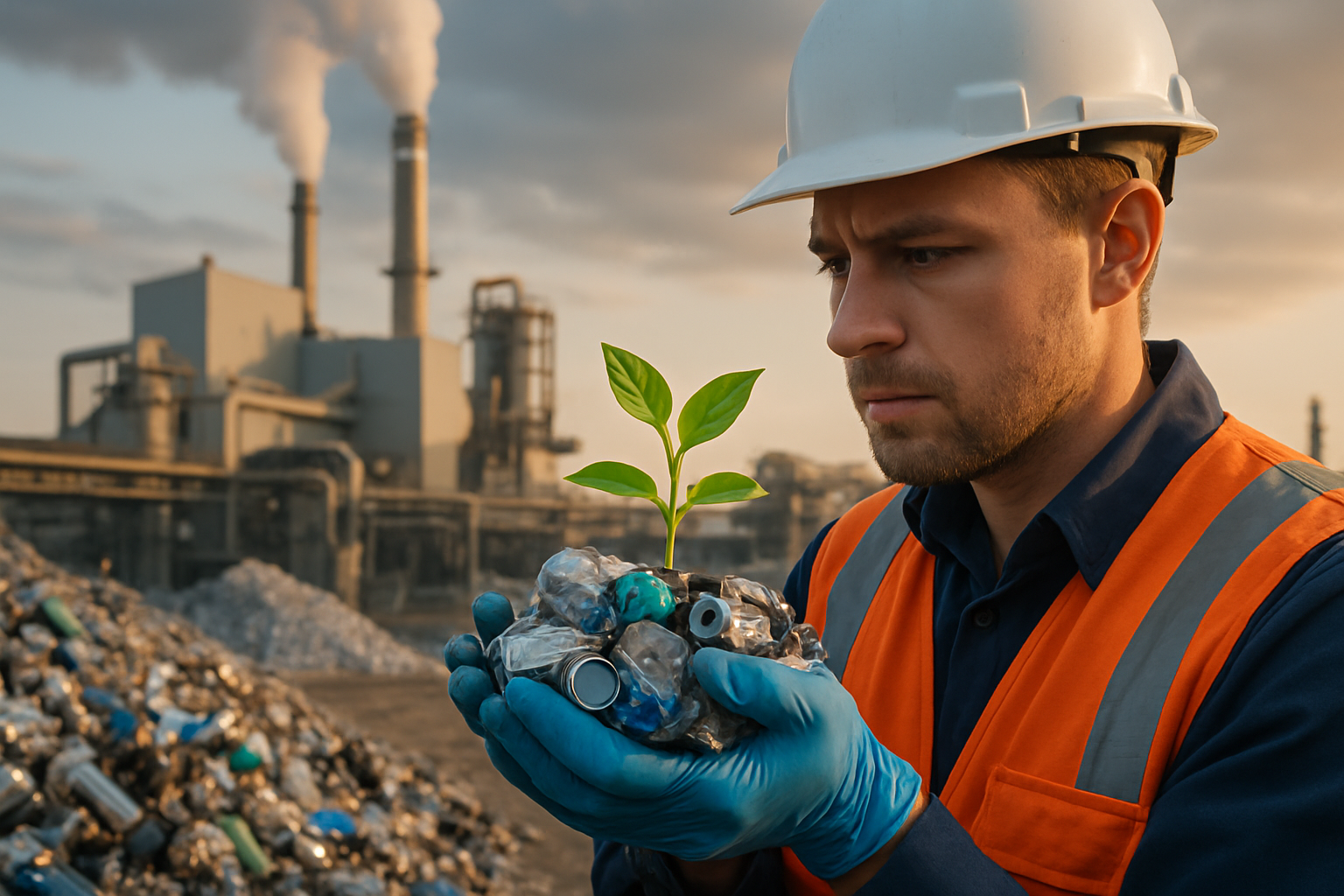The Untapped Potential of Bioplastics in Automotive Design
Imagine a world where your car's interior is made from corn, and its body panels from algae. This isn't science fiction—it's the promising future of bioplastics in automotive design. As the industry grapples with sustainability challenges, these plant-based materials are emerging as a game-changing solution, offering both environmental benefits and innovative design possibilities.

The Rise of Green Chemistry in Automotive Manufacturing
The journey of bioplastics in the automotive sector began in the early 2000s, as car manufacturers sought ways to reduce their reliance on fossil fuels. Initially, bioplastics were limited to small, non-critical components. However, advancements in green chemistry have led to the development of bioplastics that can match or even exceed the performance of traditional plastics.
Today, bioplastics are being used in everything from seat cushions to dashboard components. Companies like Ford have experimented with soy-based foams for seat cushions, while others are exploring the use of castor oil-derived plastics for interior trims. These innovations not only reduce the carbon footprint of vehicles but also open up new avenues for design and customization.
Overcoming Technical Challenges
Despite their potential, the widespread adoption of bioplastics in automotive design has faced several hurdles. One of the primary challenges has been achieving the durability and heat resistance required for automotive applications. Traditional plastics have set a high bar in terms of performance, and bioplastics need to meet or exceed these standards to be viable alternatives.
Recent breakthroughs in polymer science have led to the development of bioplastics that can withstand the extreme temperatures and stress conditions found in automotive environments. For instance, researchers have created bioplastics reinforced with natural fibers like hemp or flax, resulting in composites that offer exceptional strength-to-weight ratios.
The Economics of Green Materials
The cost factor has been another significant barrier to the adoption of bioplastics in the automotive industry. Initially, bioplastics were considerably more expensive than their petroleum-based counterparts, making them economically unfeasible for mass production. However, as production scales up and processes become more efficient, the cost gap is narrowing.
Moreover, the volatility of oil prices has made bioplastics an increasingly attractive option for manufacturers looking to stabilize their supply chains. As governments worldwide implement stricter environmental regulations, the economic calculus is shifting in favor of these sustainable materials. Some analysts predict that bioplastics could become cost-competitive with traditional plastics within the next decade, potentially triggering a rapid shift in the industry.
Design Innovation and Consumer Appeal
Beyond their environmental benefits, bioplastics are opening up new possibilities for automotive design. These materials can be molded and shaped in ways that traditional plastics cannot, allowing for more organic and fluid forms. This property is particularly appealing to designers looking to create more aerodynamic and visually striking vehicles.
Furthermore, the unique textures and finishes achievable with bioplastics are resonating with consumers who are increasingly conscious of the environmental impact of their purchases. Car buyers are showing a preference for vehicles that not only perform well but also align with their values. The use of visible bioplastic components in car interiors can serve as a tangible demonstration of a manufacturer’s commitment to sustainability.
The Road Ahead: Challenges and Opportunities
While the future of bioplastics in automotive design looks promising, several challenges remain. One of the most pressing issues is the need for a robust recycling infrastructure for these materials. Unlike traditional plastics, many bioplastics require specific conditions to decompose properly, and mixing them with conventional plastics can complicate recycling processes.
The automotive industry is also grappling with questions about the long-term durability of bioplastics. While current formulations have shown impressive results in laboratory tests, real-world performance over the lifecycle of a vehicle is still being evaluated. Manufacturers are conducting extensive trials to ensure that bioplastic components can withstand years of use under various environmental conditions.
Despite these challenges, the potential benefits of bioplastics are driving continued investment and innovation. Researchers are exploring new sources of biomass, including agricultural waste and algae, which could further reduce the environmental impact of these materials. Additionally, advancements in synthetic biology are opening up possibilities for custom-designed organisms that can produce bioplastics with specific properties tailored for automotive applications.
As the automotive industry continues its march towards sustainability, bioplastics are set to play an increasingly important role. From reducing carbon emissions to enabling new design paradigms, these materials represent a significant step forward in the evolution of car manufacturing. While there are still hurdles to overcome, the untapped potential of bioplastics in automotive design is clear. In the coming years, we can expect to see more vehicles hitting the roads with components derived not from oil wells, but from farm fields and laboratories—a testament to the power of innovation in creating a more sustainable future for transportation.





